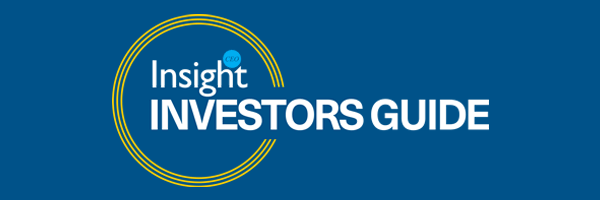Digital Integration
Share

Why overhauling document management should be the priority for wealth management firms
Overhauling processes and infrastructure during digital integration can be an arduous process. Industries such as wealth management should not have to compromise on drawn out onboarding of unnecessarily costly solutions. The wealth management industry earns its reputation for providing value for its clients, so how can digital integration provide value for wealth management firms?
Recent research exploring the struggles facing wealth management firms and implementing digital integration suggests it is often the time-costly onboarding process which is the most challenging. But it doesn’t have to be this taxing to evolve and immediately see value for time and money.
A common mistake for many businesses is to take a ‘big bang’ approach to digital integration. Often is the case that digital integration is a process and is therefore best approached step-by-step. Looking inwards at how organisations store and share data will be a good initial stepping stone to take for wealth management firms looking for immediate value from digital integration.
Avoiding content chaos
The handling and sharing of data across the wealth management industry is on such a vast scale in terms of volume and speed. The industry cannot be held back by manual or outdated solutions to store and share data – be that on an internal or external basis.
Data is the backbone of modern business. Gathering as much data as possible should, in theory, better increase wealth management firms’ understanding of their clients. But, if wealth management firms are unable to control, locate or identify correct data – then they will soon find themselves suffering from content chaos.
Having control over data through an integrated, metadata driven solution will make daily processes more seamless for wealth management firms. Intuitive data tags allow users to locate documents more efficiently based on what they are, not where they are stored saving time and improving productivity.
“A common mistake for many businesses is to take a ‘big bang’ approach to digital integration.”
Overcoming legacy drawbacks
Onboarding new solutions within a techstack which fail to integrate properly is another aspect to consider for wealth management firms looking for immediate value for time and money.
Integrating a new solution which works seamlessly alongside existing systems such as Microsoft Office will likely result in a more seamless transition for users. Having a simple, yet effective solution for document management will also cater for every age demographic. Digital natives, who expect instant results and seamless integration – there is little need for them to start afresh in terms of rebuilding their knowledge of the system as it fully integrates within the existing tech stack.
Those that have not always operated in a digital world will appreciate simplicity from changes to their firm’s techstack. Combining generational preferences of simplicity and frictionless integration will likely generate the most value for user from the beginning of the journey, instead of part way through.
Keep it simple
If a wealth management firm is struggling with its manual process of handling and storing data, then this should be the priority when it comes to revamping. Resist the temptation to invest in areas which don’t need updating as this will only complicate processes for workers, introduce teething problems and will bring high financial cost.
Trust the process
For wealth management firms, generating value for clients is how they work. It should also be what they expect from their tech stack too. Investing in the right solutions to offer value for time, money and efficiency should be the standard and there shouldn’t have to be any compromise.
As discussed, digital integration is a process, by prioritising the way wealth management firms handle data will provide the highest value. Adopting metadata driven solutions which uphold compliance, integrate alongside existing frameworks and eradicate content chaos will be a huge stride forward for wealth management firms looking to operate more efficiently and cost-effectively.



























